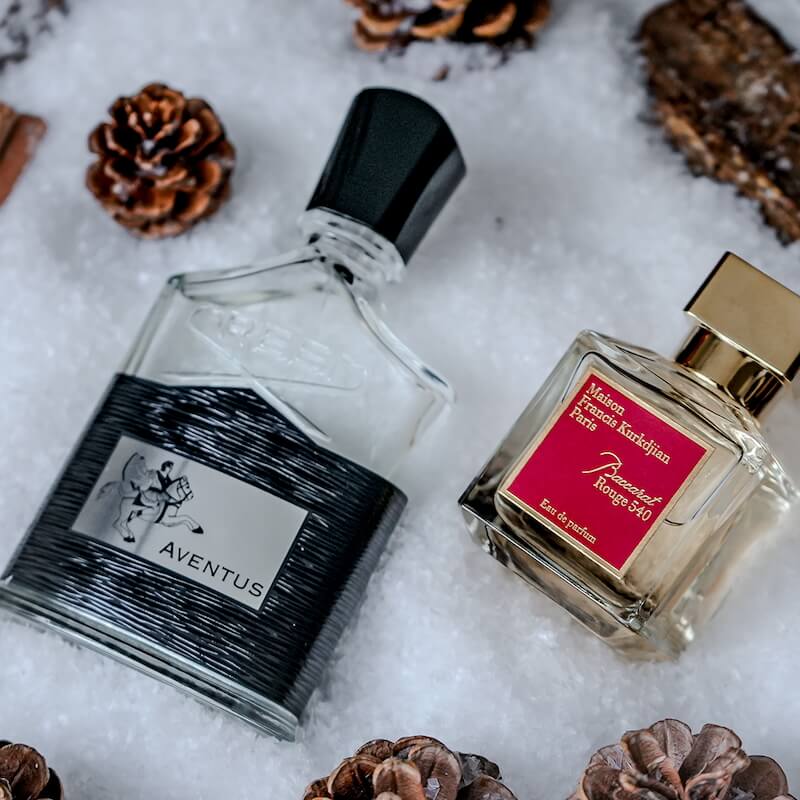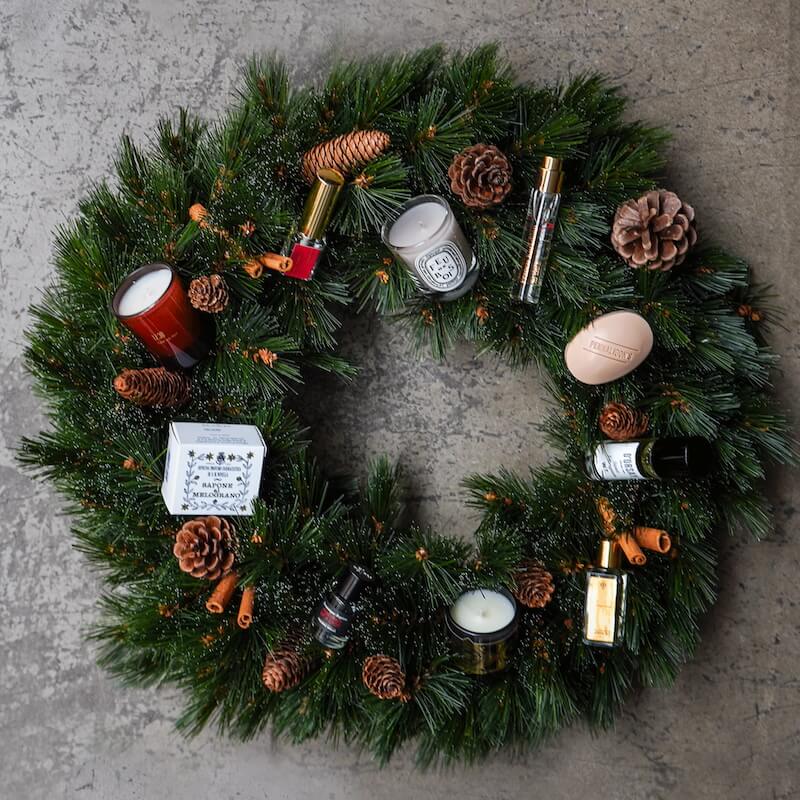
the largest multi-brand beauty store in France
+800 fragrances from +80 brands including :
recommended in more +60 city guide
You have a question? Please consult the Frequent Asqued Questions (FAQ).
If you don't find your answer, please contact us:
by email: info@noseparis.com
by phone: +33 1 86 47 72 76
Nose ship perfume by international airfreight and by La Poste for the services Colissimo Expert and Chronopost Classic to more than 75 countries.
To know more, please consult the Frequent Asked Questions (FAQ)
To know more about returns and refunds, please consult Terms and Conditions of Sales, section 6 Right to and period of withdrawal.
Nose proposes an olfactive diagnosis where 5 perfumes will be proposed among a list of 500 curated ones.
Do the diagnosisNose proposes an olfactive diagnosis where 5 perfumes will be proposed among a list of 500 curated ones.
Do the diagnosisNose x naomi goodsir have created a new edition of the 1697 “l’habit de perfumeur”, with the help of a collective of artisans.
Imagine a man. A fragrance peddler. He wears a bowler hat and is carrying a bag made of alligator skin containing an apron with 300 fragrance sample tubes and raw materials, spread out on human hair. Is he a sorcerer? A voodoo man? A witchdoctor? What if the dead hair has the power to keep the perfumes alive through an olfactive journey around the globe?
the perfumer's attire in 1697
Over the last centuries, the role of the perfumer or the apothecary has often been associated with that of a “traveling shaman”, someone who stands between man and the nature spirits. Vegetal, animal or woody notes constitute the parts of a coherent and holistic whole that incarnates the sprits of each and all individuals. The shamans would stay in the same place for a while, only to pack up and go travelling again to hunt for scents and conquer new olfactory trails to be able to formulate the strangest and most intoxicating olfactory treasures.
The 17th century engravings and prints representing the crafts and arts of their era let us contextualise the universe that existed at the time. The “Habit de Perfumeur”, an enigmatic representation well known in the closed circle of perfumers, was initially engraved by Gerrit Valck and subsequently reproduced by Nicolas de L’Armessin in 1697. In this epitomisation of the perfumer’s attire we see raw materials and essences of all sorts unveiled; orange blossom and the Queen of Hungary’s flowers, wax and leathers from Spain and other materials such as tobacco, cedar et cetera. The perfumer’s tools are also depicted, including an incense burner disguised as a hat and scented fans carried on the shoulders. The finished products are equally present in the image: Cyprus powder, pomades from Rome and Florence, soaps from Naples and Boulogne, pastilles and lozenges, as well as various scented waters (Eau d’Ange, Eau de Cordoue, Eau de Mille-Fleurs, Carmelite water).
the Nose's perfumer attire in 2016
Nose was created in 2012 and has since listed and qualified over 9 000 perfumes, dating from the 18th century until today. The analysis of each perfume’s aromas and facets has resulted in an undisclosed collection of 450 exclusive perfumes. Nose travels around the globe in search of new components for its olfactive collection, as a modern traveling perfumer. Inspired the historical three-centuries-old engraving by Nicolas de L’Armessin, Nose is today conceiving the first modern-day attire for the traveling perfumer. “L’Habit de Perfumeur is something that will allow our perfume collection and the Nose olfactive diagnosis technology to travel and be discovered all over the world,all the while respecting the strong values that are essential to our brand, which is joining modernity and references to the history of perfumery and its most genuine foundations”, says Nicolas Cloutier, president and co-founder of Nose.
a collective of artisans
Naomi Goodsir, the Australian hat maker, high fashion accessory designer and perfumer, reinvents the imaginative codes of Art Grotesque in her own image and style. For Nose, she has created an outfit that will allow travelling with the full collection of rare perfumes: a scent hunter bag in Nose’s colours (copper from its lamps, chestnut brown from its Bienaise workshop chairs, burnt wood form its interior and black from its facades). The bag holds an apron for the more than 300 perfumes that compose the Nose collection (a subset) as well as the sample tubes needed to capture notes discovered throughout journeys; musk, ambergris, champaca, and other materials that are subsequently laid on to human hair. The attire also includes a bowler hat in a vibrating green that reflects the jasmine covered facade of the Nose store and whose shape celebrates some our times’ most mysterious and eccentric characters.

the largest multi-brand beauty store in France
+800 fragrances from +80 brands including :
recommended in more +60 city guide

+ 800 fragrances from +80 niche brands
but also home & cosmetics.
100% authentic products & official reseller

official French price for :
Creed, Maison Francis Kurkdjian, Kilian,
Marc Antoine Barrois…
VAT free for non European country

free express airplane delivery with DHL above
€167
all informations available here.

+200 gifts offered with purchase by over 50 brands!
Creed, Maison Francis Kurkdjian, Kilian, Diptyque,
Éditions de Parfums Frédéric Malle & much more
to discover here.